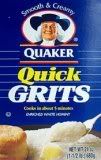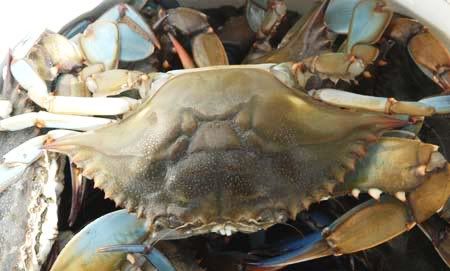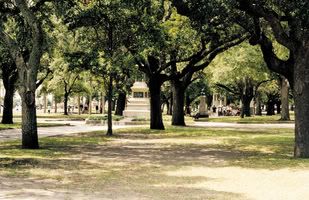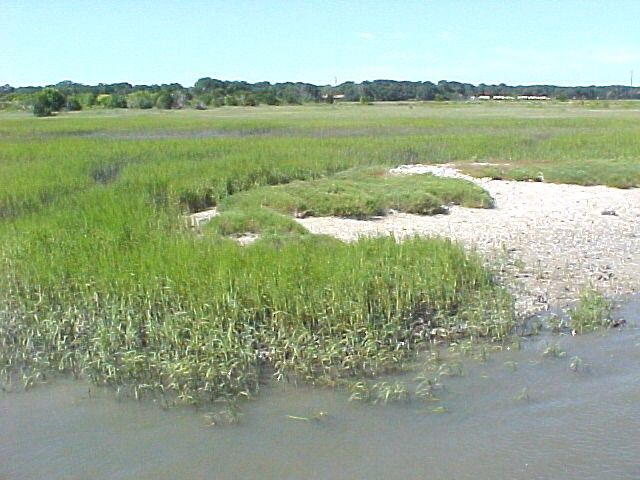I remember when I was in middle school and my mother had a doctors appointment in downtown Charleston right on Calhoun street on the right in a builidng across from Roper Hospital. It was a summer day and my mother said she was not going to be gone long. She left me and my brother in the car and said she would be back in a few minutes. Those were the days when parents thougth nothing of leaving young kids in the car alone. It was safer back them and times were different. Not like the amber alert times we have today. We were safe.
Well anyway, we were parked in the lot behind the building and behind us was small pond. Next to the pond was the road....Lockwood Blvd and just beyond the blvd the Ashley River or in reality Charleston Harbour. Where the parking lot met the water behidn the building was a long concrete ledge that ran the length of the parking lot. On any given day you would see people sitting on the ledge crabbing or fishing. That day there was nooone crabbing. The remnants of crabbing could be seen though. Someone had left 3 pieced of twine with chicken drumsticks attacked. All anyone need to crab is a pieceof string and a raw chicken drunstick.
Well, my brother and I decided we would crab. We had no net so it was just for fun. Just to see if we could get anything to bite the chicken legs. Mom had left the car keys with us. She always did. I was the oldest so I always kept up with the keys. We threw the lines in. We caught two crabs. They did not want to let go of the meat so I decided that we should try to get these crabs home. With no net we decided that the only place to keep them kind of cool was the car trunk. We carried the crabs attached to the drumstick to the car trunk and dropped them in. We did it again. We got two more crabs. We got very excited. Those crabs were biting!
We caught more and more crabs and put them in the trunk. All together we caught about 20 blue crabs. We were just bristling with excitement because we had caughty dinner. My mother was going to be surprised. We kept an eye out for my mother coming and we had decided that we would just drop the lines when we saw her and run back to the car. We would leave the lines there for the next two adventurous kids to use. My mother came back and she got in the car and we went home.
My brother and I just looked at each other and grinned the whole way home. We had decided that we would tell her once we got home. It took about 10 minutes to get back home West Ashley. When we got to the house and we exited the car and were standing in the driveway, my brother and I told my mom about dinner. We said, "we are having crabs for dinner, ma." My mom just looked at us. "No, we are not." she said. "We caught crabs while you were at the doctor. Crabs for dinner. They are in the trunk." My mother just looked at us again with a very puzzled look on her face.
We encouraged her to open the trunk. We had about 20 crabs for dinner. Well, she opened the trunk and saw all these loose blue crabs running about the trunk and she began to yell about catching them to get them out of the trunk. I told her to get the net. She did. She did stop yelling once it became clear it would not be hard to get all those loose crabs out of the trunk.
We had crabs for dinner. When my father came home we told him what happened too. It is a story that my mother will never--ever--let my brother and I live down. The day we caught blue crabs with no net will go down in history.
It is not the paper mill! It is pluff mud!







